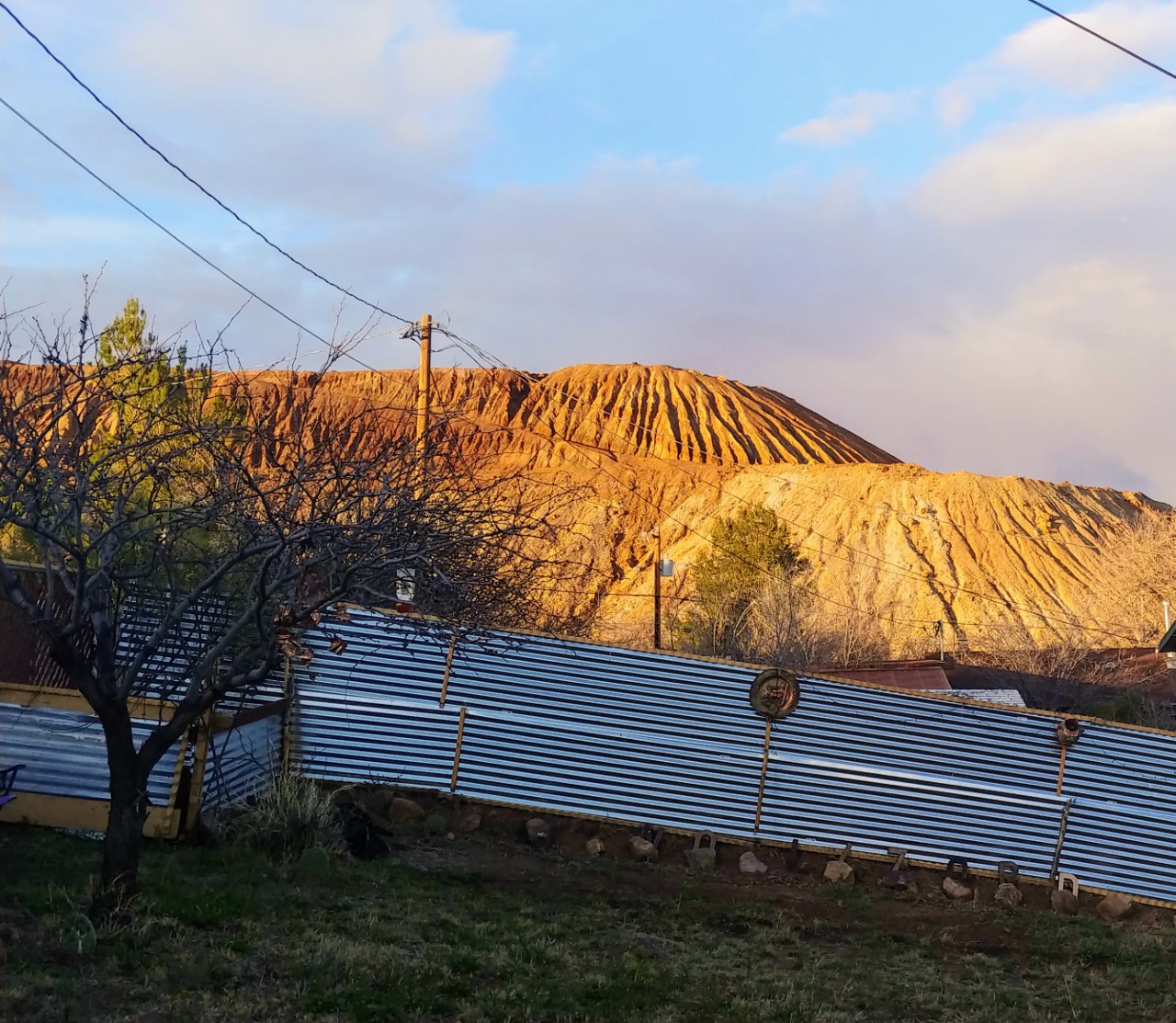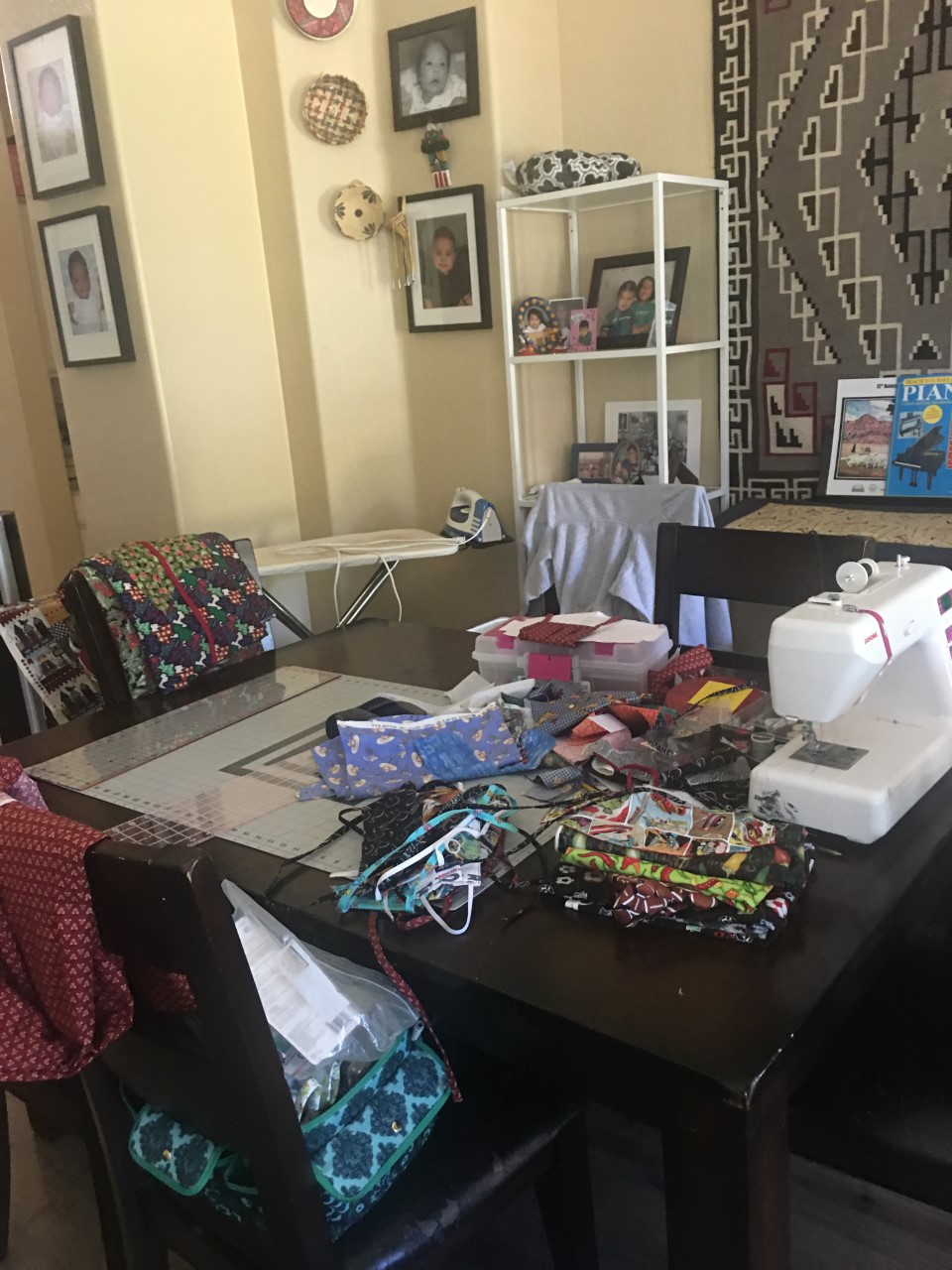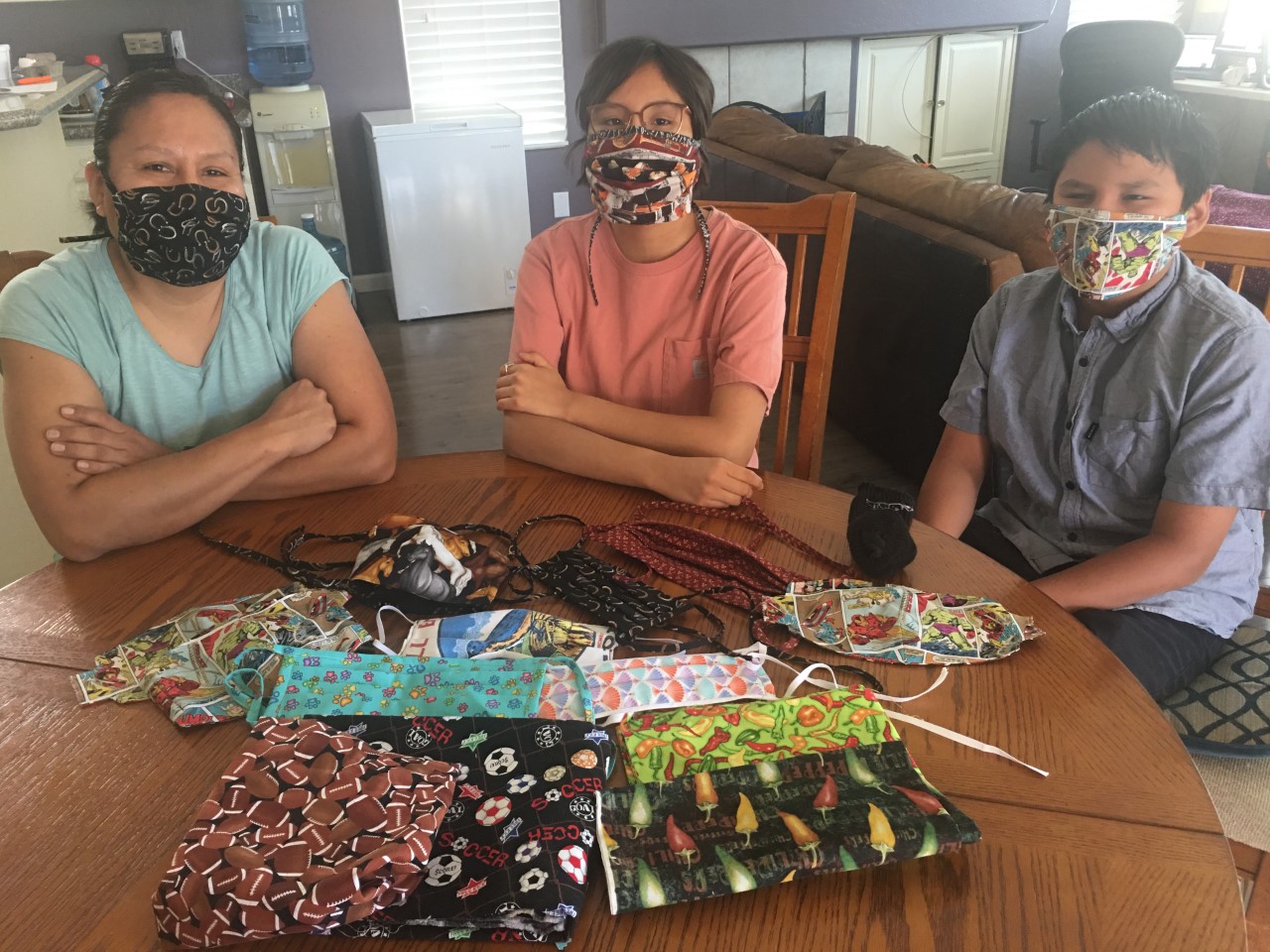An account is required to join the Society, renew annual memberships online, register for the Annual Meeting, and access the journals Practicing Anthropology and Human Organization
- Hello Guest!|Log In | Register
News in the Time of Corona
 Jeanne Simonelli and Orit Tamir, Co-editors
Jeanne Simonelli and Orit Tamir, Co-editors
It’s gonna take a big sacrifice……
Coyote Angel, Milagro Beanfield War (movie version)
On March 9, the SfAA announced the cancellation of the 2020 Annual meeting in Albuquerque. By the time our pronouncement was made, COVID-19 (Corona virus) was making its way across the country, and life, as many knew it, was about to change. Since that time, some of you may have been ill; someone you know may have died. Those who teach are on a Zoom-like entity. Those who practice, are working from home. And others are out of work, negotiating the unemployment system, or, in the U.S., are waiting for a stimulus check.
Each of you has experienced this pandemic in a different way. Jeanne currently lives in Warren, which is a suburb of Bisbee, Arizona. Together they have a combined population of about 6000. Two months ago, its residents, Jeanne included, were stunned to learn from the CDC that they were old. True, Bisbee is a bit like Santa Fe on social security, with an average age of 65. As the turkey buzzard flies, the town is 11 miles from the Mexican border. At this writing, there have been 24 cases of COVID in the county (Cochise) but none in Bisbee. In a sense, as the late and exceptionally great John Prine said, “actually, everything is just about the same.” Why?
 Bisbee, a classic copper town, sits beside and below the now defunct Copper Queen, the fifth largest open pit mine in the world. With tours of the mine and a view of the massive Lavender Pit as part of its economy, Bisbee is suffering from a lack of tourists. Those whose income isn’t social security are in dismal straits. But the residents are healthy. Could copper be protective? Bacteria and virus can only survive for a very short time on a copper surface and hospitals use it for doorknobs and elevator buttons (https://www.smithsonianmag.com/science-nature/copper-virus-kill-180974655/). Can the massive deposits of copper slag around Bisbee have the same effect? Probably not. But Jeanne likes to speculate that the toxic beauty of the hillside above her house has kept her safe from the pandemic and from those who manipulate its story.
Bisbee, a classic copper town, sits beside and below the now defunct Copper Queen, the fifth largest open pit mine in the world. With tours of the mine and a view of the massive Lavender Pit as part of its economy, Bisbee is suffering from a lack of tourists. Those whose income isn’t social security are in dismal straits. But the residents are healthy. Could copper be protective? Bacteria and virus can only survive for a very short time on a copper surface and hospitals use it for doorknobs and elevator buttons (https://www.smithsonianmag.com/science-nature/copper-virus-kill-180974655/). Can the massive deposits of copper slag around Bisbee have the same effect? Probably not. But Jeanne likes to speculate that the toxic beauty of the hillside above her house has kept her safe from the pandemic and from those who manipulate its story.
Orit lives in Santa Fe, New Mexico, a tourist mecca of sorts. In the wake of COVID-19 outbreak the tourists left, the galleries closed, and the Native Americans who sell their arts and crafts under the portal stay at home. Even Indian Market, Spanish Market, and the International Folk Art market that were scheduled for late summer, were cancelled. While Santa Fe seems to have ‘flattened the curve,’ New Mexico’s Native Americans have been disproportionately impacted by the ongoing COVID-19 outbreak. Native Americans make up over 44% of the confirmed COVID-19 cases in the state, but they make up less than 10.5% of the state’s population (https://cvprovider.nmhealth.org/public-dashboard.html). There are worrisome outbreaks in Zia and San Felipe Pueblos, and COVID-19 is hitting the Navajo Nation particularly hard. The Navajo reservation sprawls over three states- Arizona, New Mexico, and Utah- on an area larger than West Virginia. The reservation’s 175,000 residents have more cases of COVID-19 than nine states and more deaths than 13 states. The number of COVID-19 cases on the Navajo reservation is growing rapidly; surging from 174 cases on March 31, to 1,282 on April 22. There were also 49 confirmed deaths (https://www.ndoh.navajo-nsn.gov/COVID-19). Only New Jersey and New York have higher per-capita COVID-19 infections than the Navajo Nation. About to 30% of the reservation’s residents do not have running water in their homes, which make frequent washing of hands very challenging. To make things worse, Navajos are at higher risk from COVID-19 due to disease factors that include geographical isolation, limited access to health care facilities (only 12 facilities on the entire reservation), elevated poverty levels, and high levels of diabetes and other pre-existing conditions. In addition, decades of uranium and other extraction activities have caused many Navajos to suffer from major autoimmune disorders that in turn have left many of them vulnerable to COVID-19.
 Responding to the dire conditions on the reservations, many Navajos living on and off the reservation have organized grass-root relief efforts. Members of Orit’s adoptive family (I have done extensive fieldwork on the Navajo reservation and was taken in as a family member by a the Becks of Pinon, Arizona) have mobilized members of the extended family to sew isolation gowns and cloth face masks per the specifications published by Tuba City Regional Hospital (https://www.tchealth.org/donate-ppe/index.html). Navajos from Shiprock area, a region in northwest New Mexico that was hit hard by COVID-19, brought together community stakeholders and volunteer service groups to provide community food and essential supply relief for the people of Shiprock and surrounding areas (https://www.gofundme.com/f/northern-dine-covid19-relief-effort). With the blessings of New Mexico Highlands University’s president, faculty and students from the Chemistry department are going to prepare much needed hand sanitizers that Orit will later deliver to Navajo communities. The list goes on – see the links to relief funds for Navajos at the bottom of this piece.
Responding to the dire conditions on the reservations, many Navajos living on and off the reservation have organized grass-root relief efforts. Members of Orit’s adoptive family (I have done extensive fieldwork on the Navajo reservation and was taken in as a family member by a the Becks of Pinon, Arizona) have mobilized members of the extended family to sew isolation gowns and cloth face masks per the specifications published by Tuba City Regional Hospital (https://www.tchealth.org/donate-ppe/index.html). Navajos from Shiprock area, a region in northwest New Mexico that was hit hard by COVID-19, brought together community stakeholders and volunteer service groups to provide community food and essential supply relief for the people of Shiprock and surrounding areas (https://www.gofundme.com/f/northern-dine-covid19-relief-effort). With the blessings of New Mexico Highlands University’s president, faculty and students from the Chemistry department are going to prepare much needed hand sanitizers that Orit will later deliver to Navajo communities. The list goes on – see the links to relief funds for Navajos at the bottom of this piece.

Meanwhile, many of you have begun research, because watching and documenting how people react is part of what we do. Perhaps some of the first results will be for mainstream America to see how the rest of the nation lives; how the rest of the world responds. Yes…there are parts of the U.S. without running water and electricity. Yes, there are segments of the population with underlying medical problems and no medical insurance. No, losing 30% of your retirement funds in a stock market crash is not the worst thing that can happen.
This issue of the SfAA News gives us a look into what some of our social science family is doing. For instance, our Executive Director, Neil Hann, whose degree is in Public Health, is working in Oklahoma trying to prevent spread among vulnerable populations. These may be the times that try our souls, but each of us meets the challenge as we know best.
COVID-19 Relief funds for Navajos
Navajo Nation COVID-19 Relief Fund: http://www.nndoh.org/donate.html
Navajo & Hopi Families COVID-19 Relief: https://www.navajohopisolidarity.org/
Far Eastern Navajo Communities COVID-19 Relief: https://www.facebook.com/login/?next=https%3A%2F%2Fwww.facebook.com%2Fgroups%2F1515399098626665%2F
Kinlani (Flagstaff) Mutual Aid: https://www.facebook.com/groups/flgmutualaid/
Bluff Area Mutual Aid: https://www.gofundme.com/f/bluff-area-mutual-aid
Northern Diné COVID 19 Relief Effort: https://www.facebook.com/Northerndinereliefteam/
Navajo Tribal Clinical Relief Support: https://www.gofundme.com/f/southwest-tribes-covid19-relief

Cart
Search